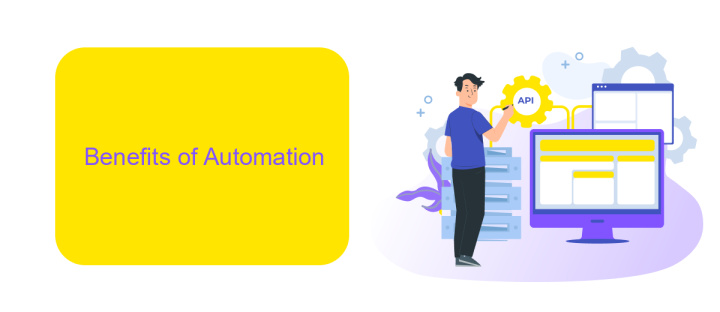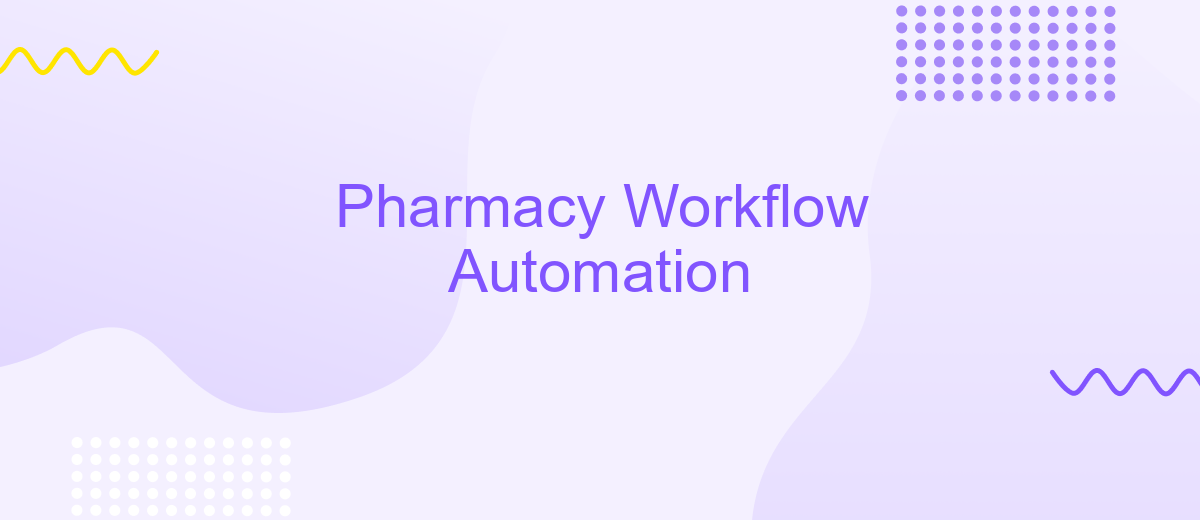Pharmacy Workflow Automation
Pharmacy workflow automation is revolutionizing the healthcare industry by streamlining processes, reducing errors, and enhancing patient care. By integrating advanced technologies such as robotics, artificial intelligence, and data analytics, pharmacies can optimize inventory management, prescription processing, and customer service. This article explores the benefits, challenges, and future prospects of implementing automation in pharmacy workflows.
Introduction
Pharmacy workflow automation is transforming the way pharmacies operate, enhancing efficiency and accuracy in daily tasks. By automating repetitive processes, pharmacies can allocate more time to patient care and reduce the risk of human error. This technological advancement is crucial in today’s fast-paced healthcare environment, where precision and time management are paramount.
- Improved prescription processing times
- Enhanced inventory management
- Minimized human errors
- Better patient counseling and service
- Streamlined communication with healthcare providers
Integration with existing systems is vital for seamless pharmacy workflow automation. Services like ApiX-Drive facilitate these integrations, allowing pharmacies to connect various software and platforms effortlessly. This ensures that all systems work in harmony, providing a cohesive and efficient workflow. As a result, pharmacies can focus on delivering superior patient care while maintaining operational excellence.
Benefits of Automation

Pharmacy workflow automation streamlines various processes, significantly reducing manual tasks and human errors. By automating prescription management, inventory control, and patient communication, pharmacies can enhance their operational efficiency and focus more on patient care. This not only improves accuracy but also saves time and resources, allowing pharmacists to provide better service and attention to their patients' needs.
Another significant benefit is the seamless integration of various systems and services. Tools like ApiX-Drive facilitate easy and efficient integration between different software platforms, ensuring that data flows smoothly across all systems. This helps in maintaining up-to-date records, improving coordination, and enabling better decision-making. Automation thus not only enhances productivity but also ensures a higher level of service quality, ultimately leading to improved patient satisfaction and business growth.
Types of Automation

Pharmacy workflow automation encompasses various types of automation designed to streamline operations and improve efficiency. These types of automation can significantly reduce manual tasks, minimize errors, and enhance patient care.
- Prescription Processing Automation: This involves using software to manage prescriptions from entry to dispensing, ensuring accuracy and compliance.
- Inventory Management Automation: Automated systems track inventory levels, manage stock reorders, and reduce waste by monitoring expiration dates.
- Medication Dispensing Automation: Automated dispensing machines and robots ensure precise medication dispensing, reducing human error.
- Integration Automation: Services like ApiX-Drive enable seamless integration of various pharmacy software systems, facilitating smooth data exchange and process synchronization.
- Patient Communication Automation: Automated messaging systems send reminders for prescription refills, appointments, and medication adherence.
Implementing these types of automation can transform pharmacy operations, leading to increased efficiency, better resource management, and improved patient outcomes. By leveraging tools like ApiX-Drive for integration, pharmacies can ensure that their systems work harmoniously, providing a seamless and efficient workflow.
Implementation Considerations

Implementing pharmacy workflow automation requires careful planning and consideration of various factors to ensure a seamless transition and optimal functionality. The first step involves assessing the current workflow and identifying areas that can benefit from automation, such as prescription processing, inventory management, and patient communication.
Once the areas for improvement are identified, selecting the right automation tools and software becomes crucial. It is important to choose solutions that are compatible with existing systems and can be easily integrated into the pharmacy's operations. ApiX-Drive, for example, offers a range of integration services that can help streamline the connection between different software applications, ensuring smooth data flow and reducing manual input.
- Evaluate existing workflow and identify automation opportunities
- Select compatible and scalable automation tools
- Utilize integration services like ApiX-Drive for seamless data flow
- Train staff on new systems and processes
- Monitor and adjust the automation setup as needed
Training staff on the new automated systems is essential to maximize their effectiveness. Continuous monitoring and adjustments will also be necessary to address any issues that arise and to optimize the automation setup over time. By considering these factors, pharmacies can successfully implement workflow automation to enhance efficiency and patient care.
Conclusion
In conclusion, the automation of pharmacy workflows presents a significant opportunity to enhance efficiency, accuracy, and patient care. By integrating advanced technologies, pharmacies can streamline routine tasks, reduce human error, and ensure that pharmacists can focus more on patient interactions and clinical responsibilities. The implementation of automated systems not only optimizes inventory management and prescription processing but also contributes to better compliance with regulatory requirements.
Moreover, leveraging integration services like ApiX-Drive can further simplify the process of connecting various software and systems within the pharmacy ecosystem. ApiX-Drive enables seamless data transfer and communication between different platforms, ensuring that all aspects of the pharmacy operation are synchronized and up-to-date. As the healthcare industry continues to evolve, adopting such automation and integration solutions will be crucial for pharmacies aiming to stay competitive and deliver high-quality care to their patients.
- Automate the work of an online store or landing
- Empower through integration
- Don't spend money on programmers and integrators
- Save time by automating routine tasks
FAQ
What is Pharmacy Workflow Automation?
How can Pharmacy Workflow Automation improve patient safety?
What are the key components of a Pharmacy Workflow Automation system?
How difficult is it to integrate Pharmacy Workflow Automation into an existing system?
What are the cost implications of implementing Pharmacy Workflow Automation?
Do you want to achieve your goals in business, career and life faster and better? Do it with ApiX-Drive – a tool that will remove a significant part of the routine from workflows and free up additional time to achieve your goals. Test the capabilities of Apix-Drive for free – see for yourself the effectiveness of the tool.


